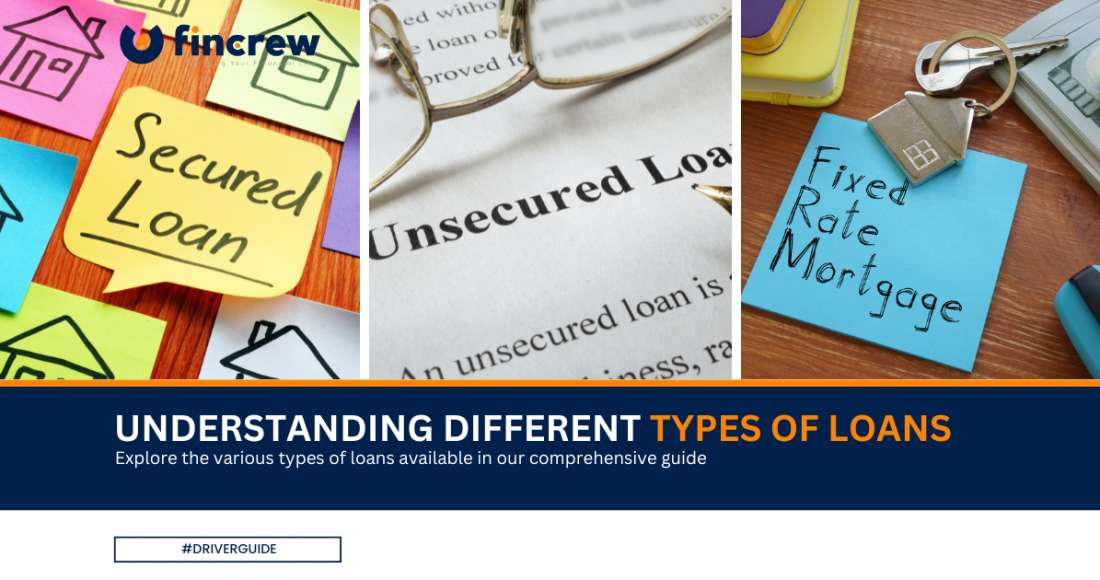A loan finances a variety of purposes, such as buying a home, paying for college, or starting a business. Different types of loans are available, each with its characteristics and terms. Nowadays, many types of loans are available on the market, but choosing the right one will require careful research. By understanding the different types of loans, you can make informed decisions about borrowing money and choosing the right loan.
What Is a Loan?
A loan is a money borrowed from a bank or other financial institution to manage a planned or unplanned event. In this way, the borrower incurs a debt to pay with interest over time. The lender and the recipient must agree on the terms before transferring any money. In some circumstances, borrowers may put collateral for a loan; additional requirements may apply depending on the loan document.
Types Of Loans
Loans have two types:
- Secured Loans: Secured loans are by collateral, such as a car or a house. Borrowers who fail to make payments can have their collateral seized as compensation by the lender. Lenders tend to charge lower interest rates on secured loans because they can recoup their losses. Home equity loans, mortgage loans, and auto loans are secured loans.
- Unsecured Loans: Unsecured loans Uncollateralized loans do not require collateral. Consequently, if the borrower misses a payment, the lender cannot seize any collateral. Due to this, unsecured loans usually have higher interest rates. There are many unsecured loans, such as personal and credit card loans.
- Fixed-rate Loans: The interest rate on these loans remains the same throughout the loan term. Borrowers will pay the same monthly interest amount, regardless of market interest rates. Having the peace of mind of knowing what their monthly payments will be can be a significant benefit of fixed-rate loans.
- Variable-rate Loans have variable interest rates. In most cases, interest rates are with a benchmark rate, such as the prime rate or the London Interbank Offered Rate (LIBOR). In other words, if the benchmark rate rises, the loan interest rate will also increase, and vice versa. It can be attractive for borrowers to take out variable-rate loans if they expect interest rates to go down in the future, but they can also be risky if interest rates go up unexpectedly.
- Short-term Loans: These are loans with a term of less than one year. These loans meet short-term financial needs, such as covering unexpected expenses or bridging a temporary cash-flow gap. Lenders consider short-term loans riskier than long-term loans, so they charge higher interest rates.
- Long-term Loans: These are loans that last longer than a year. These loans are for large purchases, such as homes or cars, or long-term projects like starting a business. As long-term loans are considered less risky by lenders, they tend to have lower interest rates than short-term loans.
Final Thought
Loans come in different forms, each with its characteristics and terms. Making informed decisions about borrowing money and choosing the right loan can be easier when you understand the different types of loans.





